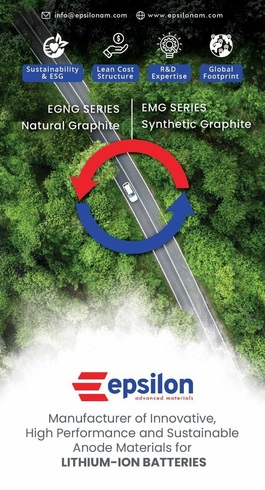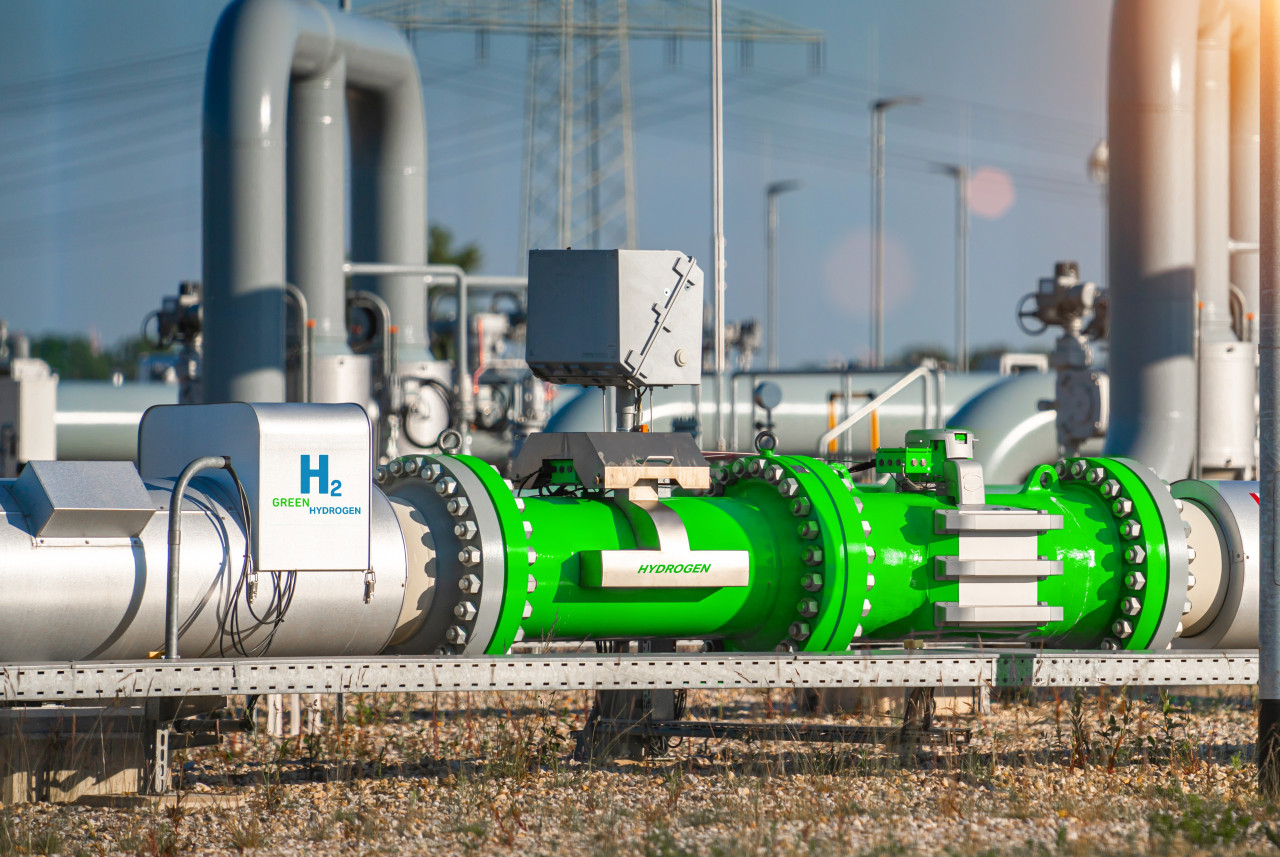ZapBatt, Toshiba collaborates for LTO battery tech for micro-mobility
As companies emphasize the importance of micro-mobility initiatives in urban areas ZapBatt has announced that it has partnered with Toshiba (TOSBF), merging its proprietary Artificial intelligence (AI) software technology and next-gen battery hardware with Toshiba's lithium titanium oxide (LTO) battery cells to create a new battery option for the micro-mobility marketplace.
This combined solution enables lithium titanium oxide to be a faster, smarter, and more economical battery system while allowing real-time battery management and optimization.
"ZapBatt unlocked the potential of Toshiba's LTO chemistry for a variety of industries and new markets with disruptive technology, moving away from the 'miracle battery' trap and providing a real solution hitting the market today," said Greg Mack, Vice President & General Manager - Power Electronics Division, at Toshiba.
"With ZapBatt's hardware and software, and our LTO chemistry, there is no other solution as fast, safe, and cost-effective on the market."
Toshiba looked to ZapBatt to solve three challenges of using LTO chemistry in batteries:
- Chips: Chips did not exist to work with lithium titanium oxide. ZapBatt's custom LTO optimized battery management system (BMS) works at the unique voltages of LTO with the ability to be re-configured to adapt as the cell chemistry grows, enabling a programmable chip that can work with other chemistries and voltages.
- Voltage: ZapBatt's unique Bi-directional adaptive terminal voltage (BATV) technology allows for voltage control of the battery system digitally with software. This is like a 'universal adapter.' It allows LTO to be a one-for-one swap of any lithium-ion chemistry without the customer modifying their system allowing the batteries to be re-configured for other applications at software speed.
- Energy Density: The energy density is a system challenge, and integrated AI allows the battery to improve the system's performance by analyzing how energy is being used, such as enhanced regenerative braking for e-bikes. Other battery chemistries don't have the flexibility to move energy in and out as quickly.
"For global carbon reduction and electrification, we need better battery solutions now, not in ten years. To address this problem, we worked with Toshiba to allow lithium titanium oxide to come alive, bridge into new markets quickly, and provide maximum economic and environmental benefits," said Charlie Welch, CEO, and Co-founder of ZapBatt.
"Unlike other chemistries, lithium titanium oxide is very efficient in a variety of conditions, not just on a lab bench. It's like the Seabiscuit of batteries."
Toshiba's LTO cells are ideal for micro-mobility applications due to their high-performing characteristics in several categories. The SCiB Cells are designed for fast charging and high-power environments with a minimal decrease in function even after thousands of charges and uses. The cells provide up to a 100 percent usable charge without shortening cycle life, allowing for longer use. Additionally, the cells perform in freezing temperatures as low as -30 degrees celsius, compared to 0 degrees celsius for typical Li-ion.
On top of the ability to perform in freezing temperatures, the cells reduce operating expenses and e-waste and eliminate fire risk with the use of ZapBatt's LTO system. LTO batteries have virtually no risk for self-thermal runaway. Most micro-mobility fires occur due to lithium-ion batteries containing oxides of nickel, manganese, aluminum, or cobalt. This type of chemical fire typically occurs when the battery is punctured, sustains damage, is poorly manufactured, overused, or breaks down internally. As a result of the lack of carbon on the anode surfaces and the fact that LTO is free of these oxides (similar to lithium-iron-phosphate), the battery chemistry is effectively immune to thermal runaway and battery fires.
Along with the Toshiba SCiB cells, ZapBatt software uses a combination of machine learning and proprietary hardware to continuously improve battery performance. The company's software analyzes 26 data points, illustrating how the battery performs to improve charging operations, essentially talking to the battery and making changes. Over time, the batteries will provide data, allowing the system to become even more energy efficient.
In addition to this, ZapBatt has built a new hardware solution for their lithium titanium oxide system called BATV or Bi-Directional Adaptive Terminal Voltage. This technology allows the system to control the battery voltage input/output all digitally with software, allowing LTO to integrate seamlessly into a broad variety of applications.
"ZapBatt's bi-directional adaptive terminal voltage (BATV) technology allows the battery to reconfigure itself based on the customer's needs, essentially making it a universal adapter that has the potential to change the battery landscape completely," said Amiad Zionpur, Chief Operating Officer of ZapBatt.
"Because of this unique ability, the e-bike battery can be used in many different applications, from micro-mobility to consumer products."
The company is conducting several micro-mobility pilot demonstrations in North America and the batteries are estimated to be commercially available in early 2023.



















